2
Now then, since the major red line threaded through Guru3D's articles has always been graphics cards, I wanted to take you through the past 12 years of graphics cards. This editor is a collector and quite honestly we have enough cards for a museum really. So how about we dig up some of them from that massive collection of graphics cards?
Over the next few pages we'll show you no less than 30 graphics cards, we've re-photographed them with a modern age quality camera and have a look at a couple of them all the way back from 1997 up-to 2009; have a peek at history and nostalgia.
Over the next few pages I would like to show you some products that made an impression ever since the 3Dfx/STB era in 1997. Are you ready for a big nice mental flashback in graphics card history ?
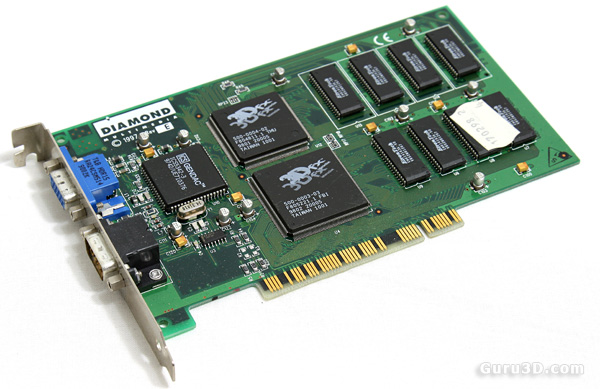
Though I started with an S3 Virge DX/GX/VX 'graphics card', the entire 3D movemement started here. In the beginning there was 3Dfx ... Voodoo Graphics. It is 1997 - this the Diamond Monster 3D, using the Voodoo 1 chipset. The first serious attempt in 3D accelerated gaming. Some interesting facts, 65K maximum colors, highest resolution supported 800x600, but 640x480 was the norm, we were using DirectX 3.
This card had an astounding 4 MB EDO memory. How about that, while thinking of you new 1796 MB GeForce GTX 275. That's 449 times more memory ...
No AGP .. only PCI, no Anti-Aliasing, No Z-buffers, And no T&L back then. Fabrication size was 0,5 micron and we had a lovely clock frequency of 50 MHz on the core and memory.
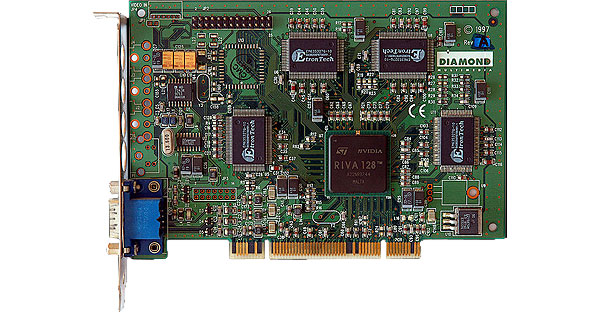
Now this card I did not have in my archive, but do you recognize it ? We have a tweak utility called after it :)
This is NVIDIA's real serious offering into the graphics market, NV3 aka Riva 128. A card targated at DirectX 5. The card came with an at that time astounding 3.5 million transistors, had 4 MB memory, 100 MHz core clock frequency.
NV4, Riva TNT was released shortly after this release in 1998.
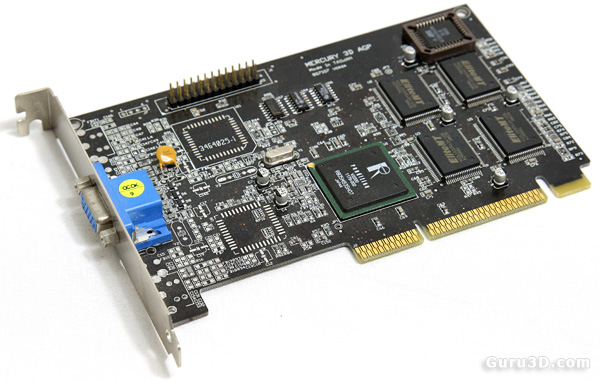
Back in 1998 there already was other stuff and competition going on though, anyone has a clue what this is?
This was the the Mercury 3D (Rendition v2200) from, at the time, Skywell Technologies. An a 8MB 100 MHz SGRAM. A move to the AGP slot commenced, at this Rendition v2200 2D/3D multimedia accelerator.
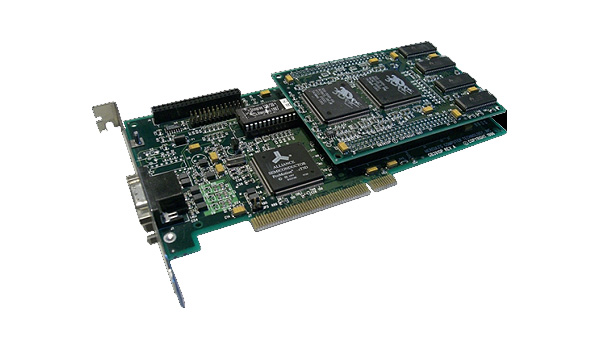
Since 3Dfx only had an add-on card, end 1997 early 1998 they came up with a solution that incorporated both. This was the Voodoo Rush series graphics cards. It embeeded both 2D and 3D, which was a first for 3Dfx. Unfortunately it was poor quality and it took Voodoo banshee based graphcis cards to get more success.
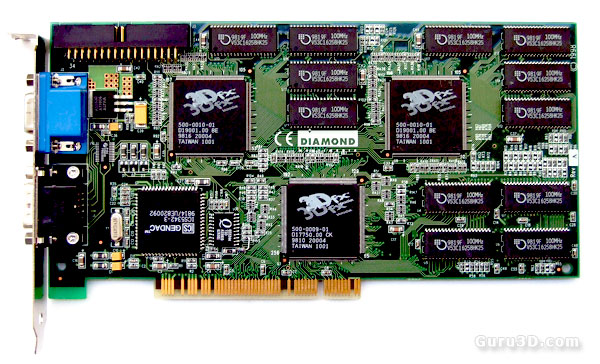
Now this was an instant hit. The successor for Voodoo Graphics was the Voodoo2, released in 1998. It was the first 3D accelerator card that allowed gaming at the mystical 1024X768 resolution. As you can see it had several chips onboard, two TexelFX chips and one PixelFX chip. The industry moved toward .35 micron, we are now at 90 MHz clock frequencies for the core and memory. Accumulated this amounts for 4 million transistors on-board.
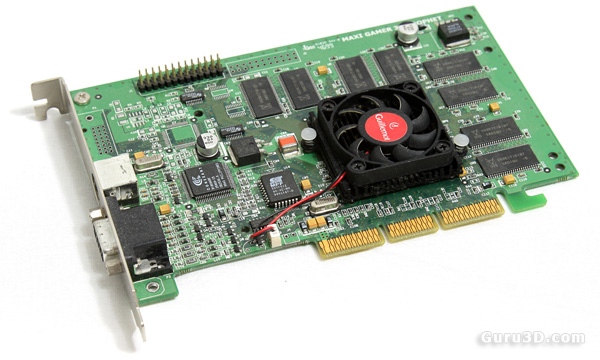
The birth of GeForce -- in early 2000 NVIDIA's massive success was of course the GeForce 256. It had 5ns SDR (Single Data Rate) memory. It's biggest asset was T&L my friends .. hardware T&L.
The card (at the time) was a high performance card due to it's 32MB Frame buffer, Transform and Lighting engine, and 4 rendering pipelines. This is the AGP 4x era where (who doesn't remember) fast write and BIOS issues where synonym. Here we are already in an era that 1600x1200 resolutions were up and coming. Gaming becomes serious business. And here's where we just started using DirectX 6.

We'll take some bigger steps now and are closing in at 1999/2000. This is the 3DFX Voodoo 5 5500 AGP.
Ah, how the mighty have fallen. I literally loved this card, really really loved it. Two VSA 100 (166MHz) processors. Each chip used 15 Watts and was tied to 32MB memory, totaling up to an astounding 64MB of SDRAM memory. At this stage Antialiasing became popular. The Voodoo 5 series could handle 2X and 4xFSAA already.
The technology really advanced here, OpenGL became a respected standard, the card had texture compression. it is also the year that 3DMark 2000 is introduced and the year that NVIDIA starts to really dominate with GeForce 2 based graphics cards.
